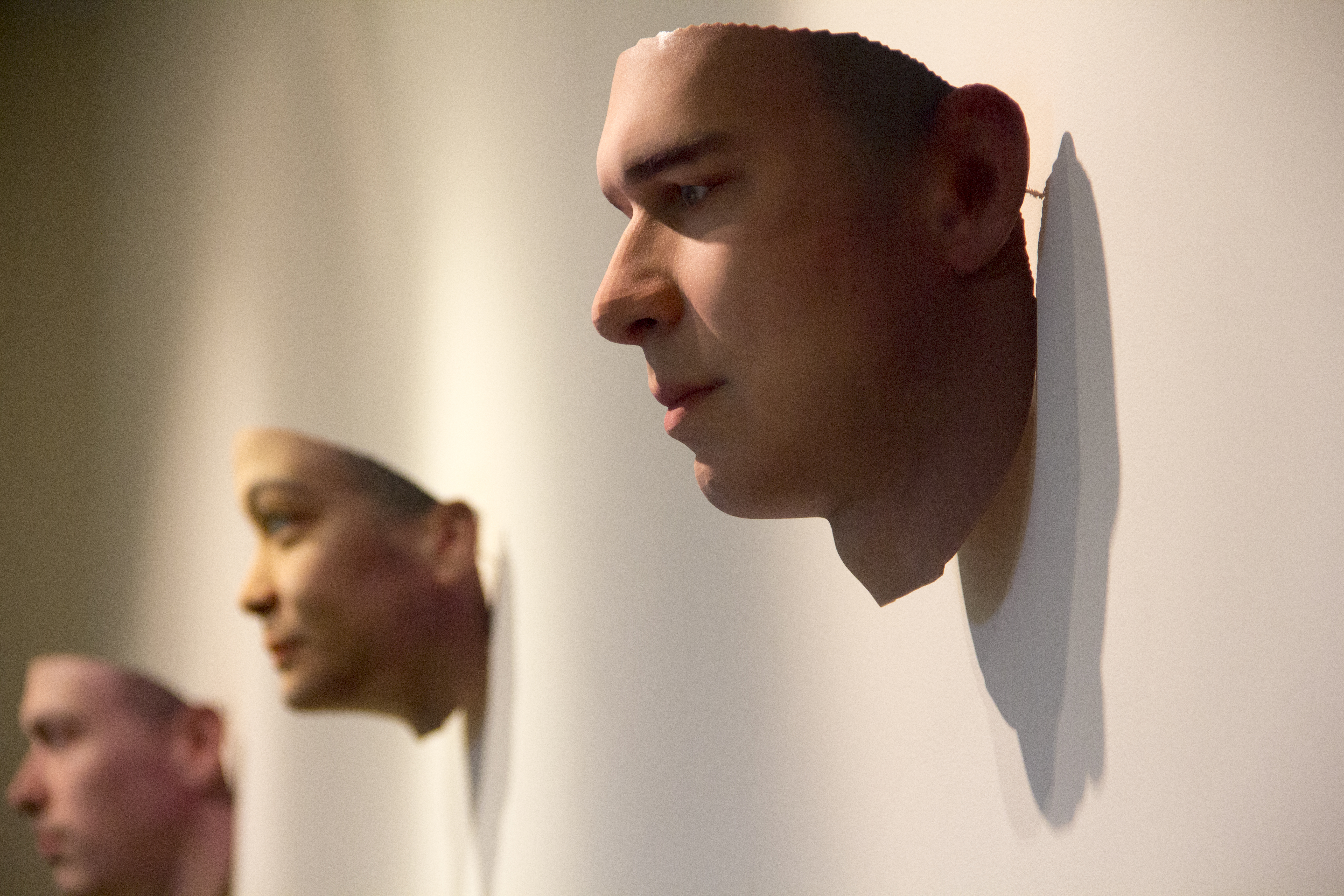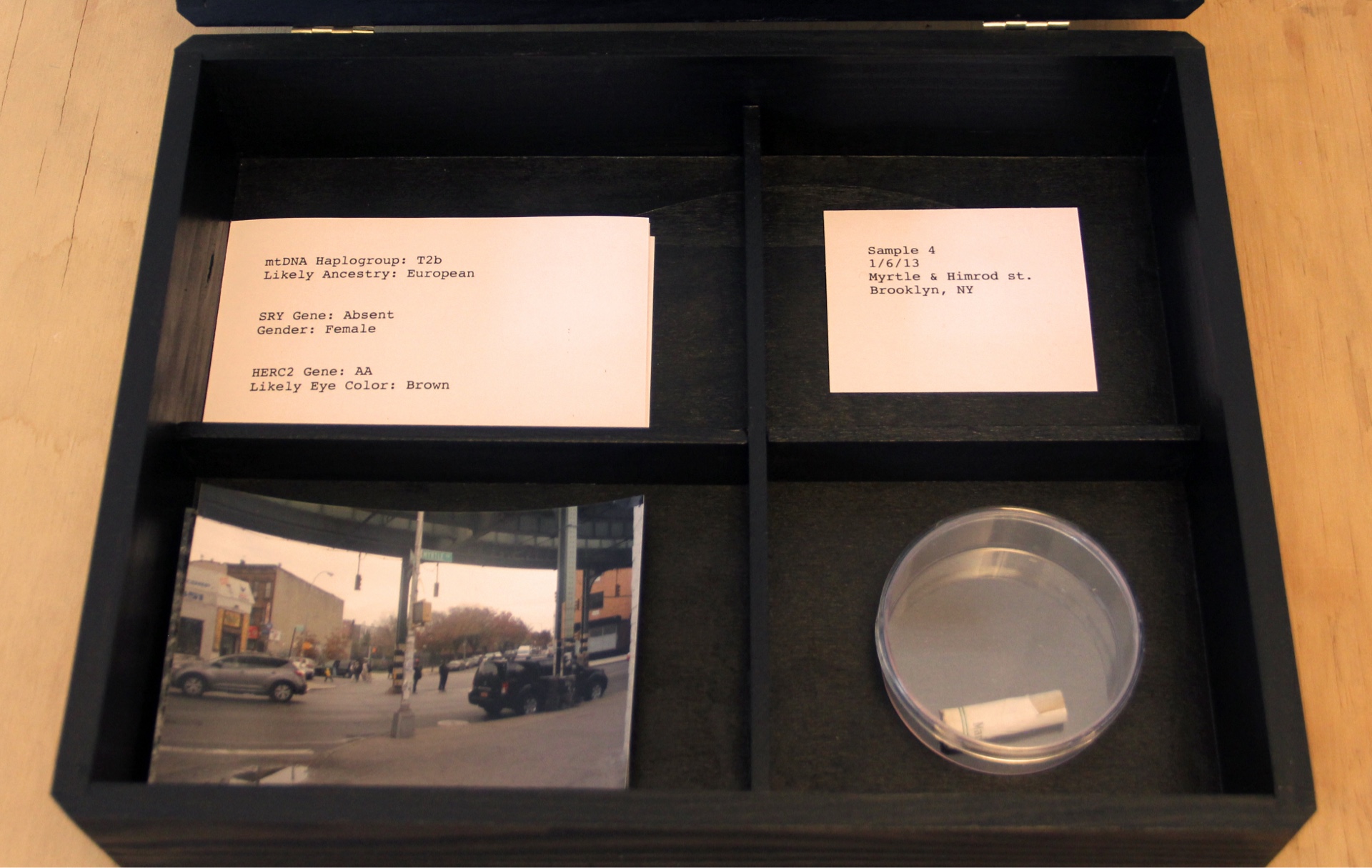https://docs.google.com/presentation/d/1qdfzaoqI3Nt9z-PgCWUJX-3ZNkLkCxrCaejBkKvGRs0/edit?usp=sharing
SUMMARY
Dr. Heather Dewey-Hagborg is a New York-based artist and biohacker who is interested in art as research and technological critique. Her controversial biopolitical art practice includes the project Stranger Visions in which she created portrait sculptures from analyses of genetic material (hair, cigarette butts, chewed up gum) collected in public places.
Her controversial biopolitical art practice includes the project Stranger Visions (2013) in which she created portrait sculptures from analyses of genetic material (hair, cigarette butts, chewed up gum) collected in public places.
Stranger Visions, winner of an Ars Electronica honorary mention 2015 and a special mention at VIDA 15.0, has been exhibited locally and internationally at events and venues including: Fotomuseum, Winterthur, Article Biennial, Norway, Saint Gaudens national historic site, The New York Public Library, Ars Electronica, Eyebeam, Science Gallery Dublin, the 92Y Tribeca, Clocktower Gallery, Washington Project for the Arts, University of Technology Gallery in Sydney, among many others.
She began this project questioning how much information could be understood about a person using genetic detritus left behind by strangers in New York City. “I was really struck by this idea that the very things that make us human – hair, skin, saliva, and fingernails – become a real liability for us as we constantly shed them in public. Anyone could come along and mine them for information.” She hoped, by producing realistic sculptures of anonymous people using clues from their DNA, to spark a debate about the potential use or misuse of DNA profiling, privacy, and genetic surveillance.
The forecast of Stranger Visions came true. Just 2 years later Parabon NanoLabs launched a service they called DNA “snapshot” to police around the US.
Since this time she has devoted critical efforts to discussing the limitations and bias in phenotyping technology, which her (and many scientists) do not consider accurate or impartial enough for use in criminal investigations.
IMAGES



REFERENCE LIST